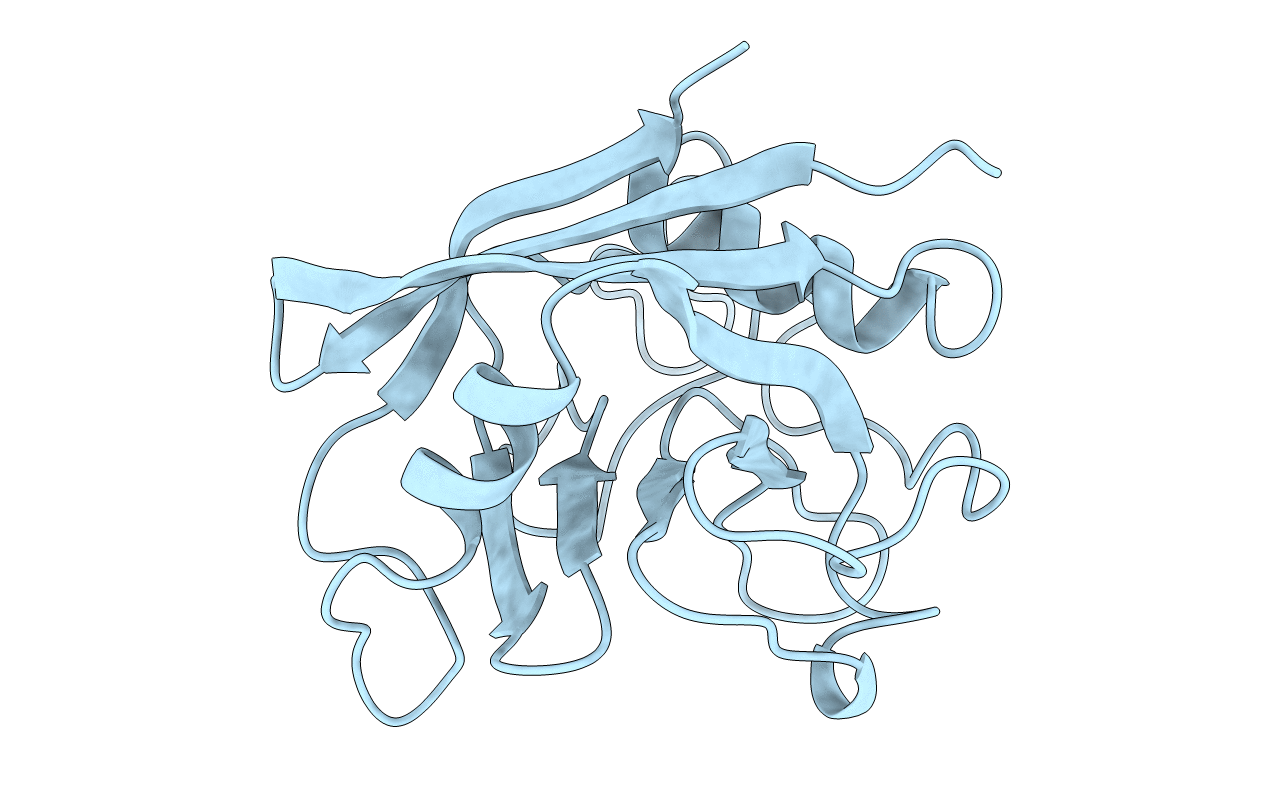
Deposition Date
1998-01-27
Release Date
1998-07-29
Last Version Date
2024-05-22
Entry Detail
PDB ID:
1A33
Keywords:
Title:
PEPTIDYLPROLYL ISOMERASE, CYCLOPHILIN-LIKE DOMAIN FROM BRUGIA MALAYI
Biological Source:
Source Organism:
Brugia malayi (Taxon ID: 6279)
Host Organism:
Method Details:
Experimental Method:
Resolution:
2.15 Å
R-Value Free:
0.21
R-Value Work:
0.16
R-Value Observed:
0.16
Space Group:
P 41 21 2


